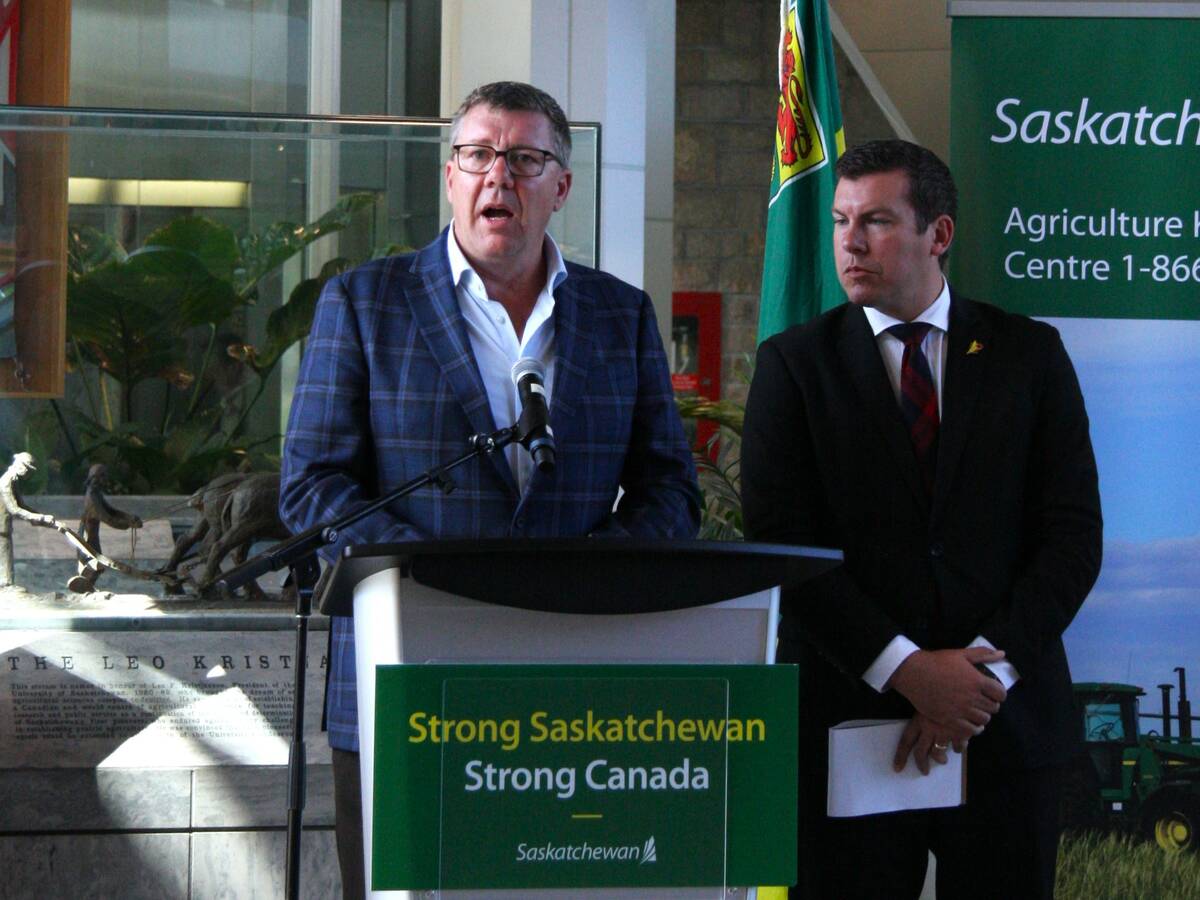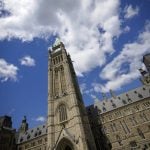Peachy Stauffer has been getting a crash course in Alberta’s latest energy development – coalbed methane.
This fall a representative of EnCana Energy approached the central Alberta woman about the company’s intention to drill four coalbed methane wells on her wooded quarter section of land.
Stauffer and her husband, Gary, live in the hamlet of Kingman, but use the quarter section with a 20 acre lake as their backyard for hunting, walking, camping and skiing.
“It’s a beautiful piece of pristine habitat,” said Stauffer, who added she is appalled that the land could soon contain fences, roads and methane wells. Those are the problems she knows about.
Read Also

Key actions identified to address canola tariffs
Federal and Saskatchewan governments discuss next steps with industry on Chinese tariffs
Each well is likely to flatten three acres of trees, and roads to each well will take an additional part of an acre, depending on where they are sited. That’s not including future cut lines for pipelines connecting the wells or compressor stations.
What frustrates Stauffer is the lack of information given to her about drilling for coalbed methane.
“The landman was clueless. He knew nothing. He couldn’t give me any information,” said Stauffer, who feels it should be up to oil and gas companies to tell the landowner the procedures and the risk of drilling a coalbed methane well before the company goes ahead.
Stauffer, a nurse, expected the landman to be as upfront with her as she is with patients who go into surgery. Patients are told what the surgery entails, the protocol, normal outcomes and risk factors.
Instead, she said it was left to her to learn about the growing methane well development in the province and where and who to send a letter of objection about the wells.
“I’m just a novice,” Stauffer told a group of landowners at a recent Alberta Surface Rights Federation meeting. Many of them have had their own troubles with the oil and gas industry.
Scott Ranson, manager of public affairs with EnCana, said he’s not sure why Stauffer was left with so many questions.
Each landowner is given similar information and a series of commonly asked questions and answers that explain the new coalbed methane development.
According to a study released recently by the Alberta Geological Study, which is a division of the Alberta Energy and Utilities Board, Alberta’s coalbed methane reserves could be twice as large as conventional natural gas.
The study estimated that Alberta’s coal seams could contain more than 500 trillion cubic feet of coalbed methane, almost double the 261 trillion cubic feet of conventional natural gas known to exist in the province.
About 500 coalbed methane wells have been drilled in the province, with 175 of them in production.
“It’s in its infancy right now,” said Darin Barter of the AEUB.
One of the biggest concerns with coalbed methane is the amount of water, sometimes salty, that is produced while releasing methane from the coal seams.
Landowners in the United States’ Powder River Basin, where coalbed methane development has been around for more than 20 years, have a litany of complaints about the industry, including problems with excess salt water and local aquifers drying up.
Barter said extracting coalbed methane is different with each coal deposit and it’s not realistic to compare what’s happened in the U.S. to Alberta’s situation.
“As time goes by we’ll see what the water production is like.”
But Stauffer said water preservation was one of the questions her landman couldn’t answer.
“How will I know when you’re making a mistake? Will it be when I see the pond going down like a bathtub drain?”
















